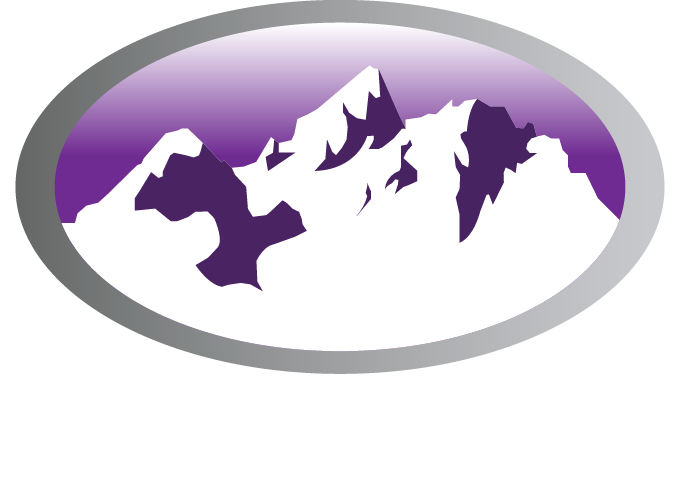
As’in’î’wa’chî Ni’yawak
[uh-snee wuh-chee nay-yoh wuk]
We are the descendants of the ancient sub-arctic Algonquian people. For thousands of years, we have lived in, travelled and fished the waterways of the Rocky Mountains, from the Athabasca, Columbia and Peace River basins.
The Rocky Mountain Cree
Translated “Rocky Mountain People”, the As’in’î’wa’chî Ni’yawak are descendants of the Cree, and Beaver (Dunne-za) peoples who have lived in this territory since time immemorial, and our ancestors have deep ancestral ties to Iroquois (Haudenosaunee) peoples who came to the territory with the North West Company.
In 1799 a small colony of Iroquois emigrated to the west from Caughnawaga (Kahnawake). Through generations of living and working on the land, the Haudenosaunee intermarried with our foremothers.
Today, the As’in’î’wa’chî Ni’yaw people identify with the dominant Cree language, culture, knowledge and beliefs. Our people speak the Woods Cree dialect.
Photo: Beaver Chief and family, Peace River area Alberta, 1899. Source: Glenbow Museum NA-1440-8
Kelly Lake Cree Nation
Kelly Lake Cree Nation (“KLCN” or “the Nation”) formed a legal entity under the Society Act in 1996 to represent the interests of the As’in’î’wa’chî Ni’yaw people.
At the heart of our traditional territory lies the community of Kelly Lake. The population is approximately 100. Seventy per cent of Kelly Lake residents identify as KLCN citizens.
Outside of Kelly Lake, the Nation’s citizens reside throughout Western Canada, with a concentration of people living near the northern BC-Alberta border in towns like Hythe, Beaverlodge, Dawson Creek, and Grande Prairie.
There are over 800 KLCN citizens within the genealogy database. Approximately 60 per cent of the Nation’s citizens are under 30 years old.
A traditional way of life
Our people maintained a semi nomadic and subsistence lifestyle until the late 1980s, living off the land in small encampments near rivers, lakes, and hunting camps in subalpine valleys, for most of the year. Our lifestyle was based on cyclical hunting and harvesting. Maintaining a relationship to the land played an integral part in our culture and spirituality.
Photo: Meat smokes at the Kelly Lake Cree Nation. The cumulative impacts of resource development have depleted traditional traplines.
A territory at-risk
In the 70s and 80s, mining, forestry and oil and gas industries arrived in our territory. The mining industry is the second largest primary sector in BC.
Despite this tremendous growth, our people continue to experience living conditions well below the Canadian average. We have not benefited significantly from the rapid development occurring on and around our traditional territory.
Members of the Nation continue to rely on hunting, trapping, fishing, and other subsistence activities for basic necessities in most households. The pressures on the land from rapid resource development make these activities increasingly difficult.
The past and current alienation of Indigenous peoples from natural resource use and from territorial land uses continues to contribute to difficulties faced by Indigenous communities.
Photo: Aerial view shows oil and gas wells crisscross the territory along with several roads being built without our consent.
“The Canadian paradigm in natural resources management has resulted in poverty in Aboriginal populations and severely restricted the development of viable aboriginal economies and communities.”
— Payne and Nepinak, 1996:167



